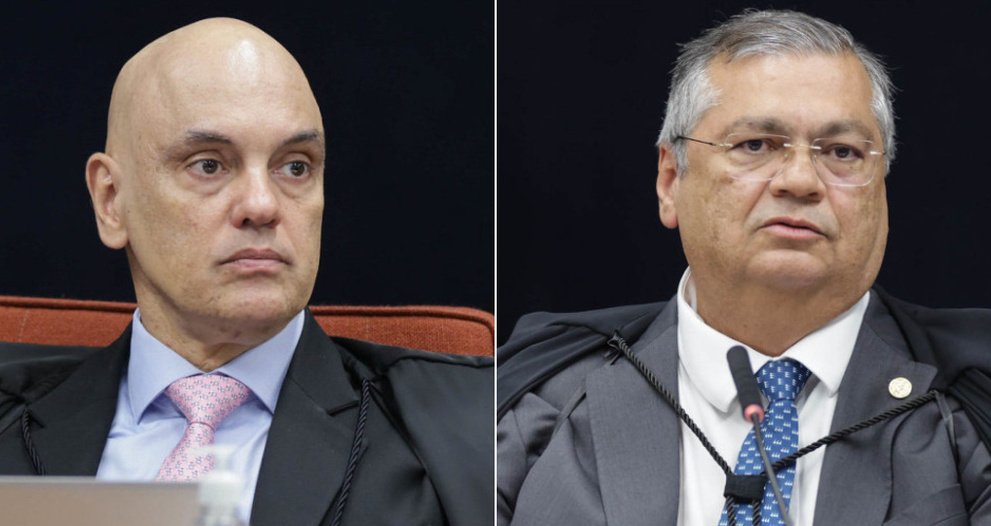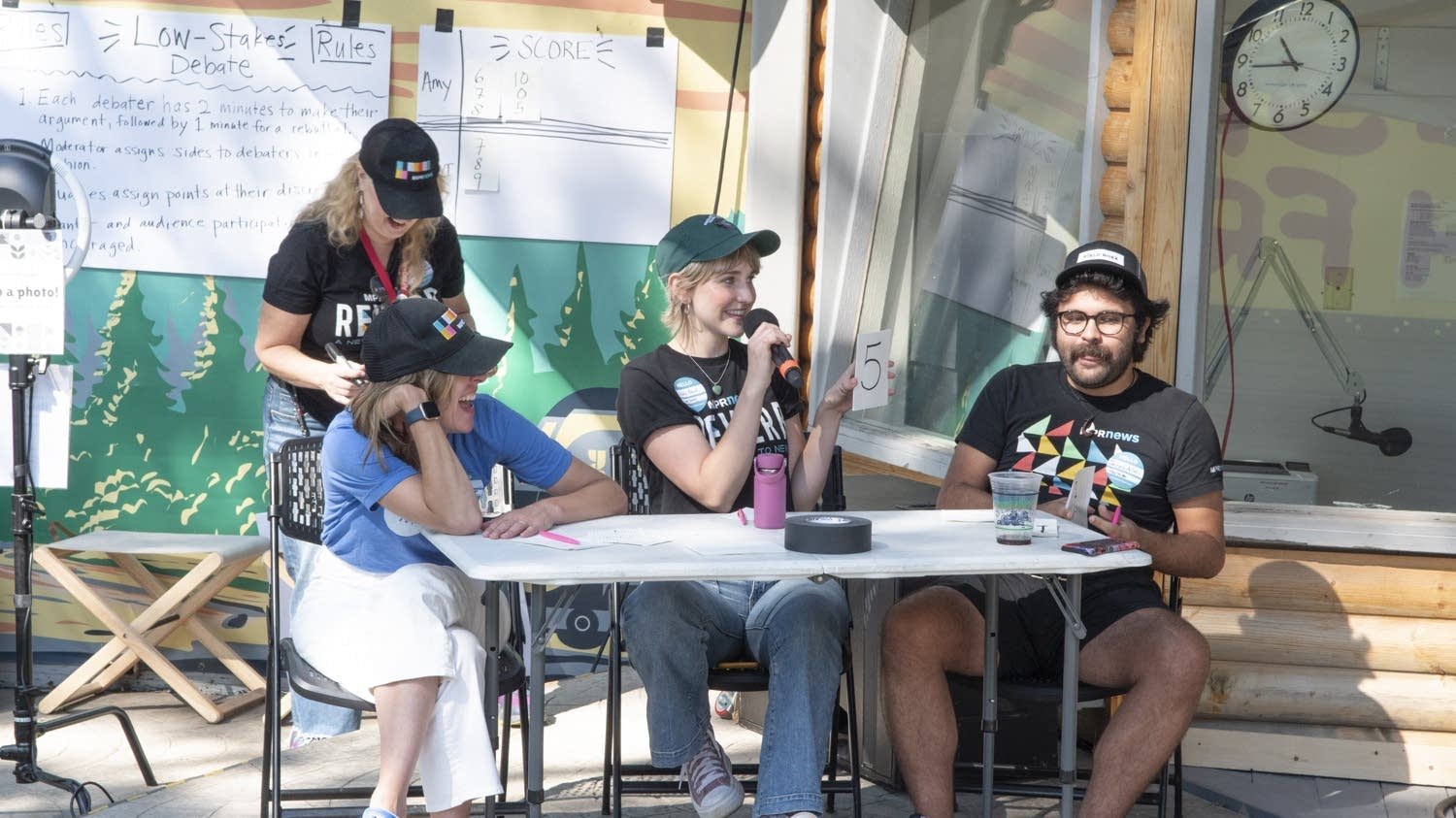
The Line for Survival
In the dust-choked dawn of Gaza, thousands of Palestinians gather before the makeshift gates of an aid distribution site. They are gaunt, exhausted, and desperate—driven by months of siege and hunger to risk everything for a sack of flour or a box of canned food. The Gaza Humanitarian Foundation (GHF), a new entity backed by the US and Israel, now controls these food lifelines, operating from fortified hubs often adjacent to Israeli military positions127.
The Trap of Humanitarian Camouflage
For many Gazans, the aid sites are not sanctuaries but “human slaughterhouses”3. Eyewitnesses recount how crowds form as early as 4:30 AM, hoping to secure food before chaos erupts. But as the throngs surge forward, Israeli soldiers—citing security concerns and the designation of these areas as “active combat zones”—open fire. Survivors describe tanks firing into crowds and men falling, wounded or dead, as they run for cover38. The United Nations and humanitarian groups have condemned these killings, calling for independent investigations and warning that the new aid system is “a death trap”5.
Food as a Weapon
This violence is not random. Since the war began, Israel has tightly controlled the flow of aid into Gaza, sometimes relaxing restrictions in response to international pressure, only to tighten them again when scrutiny fades2. The new US-backed system, established in May 2025, was designed to bypass the United Nations and other traditional relief agencies, placing food distribution directly into a militarized framework27. The logic, as described in Israeli military briefings, is to break Hamas’s grip on Gaza by controlling who eats and who starves2.
But this strategy has backfired. Instead of weakening Hamas, it has turned food distribution into a new front in the conflict, with civilians caught in the crossfire. The GHF’s model—first-come, first-served at a handful of fortified hubs—means only the strongest or most desperate reach the food, while others are left to scavenge or perish2. The chaos at these sites has led to deadly stampedes, shootings, and further suffering156.
The Numbers of Death
Since the new aid initiative began, at least 223 Palestinians have been killed and nearly 1,900 injured while trying to reach food distribution points1. Incidents occur almost daily: 17 killed by Israeli gunfire near a GHF site in central Gaza; 8 shot dead near Rafah; dozens more crushed in the scramble for food or shot by other desperate civilians168. The Israeli military claims it fires only warning shots or acts in self-defense, but survivors and medical workers tell a different story—one of civilians targeted as they seek to survive1356.
Why Does the US Allow It?
The United States’ role is central and controversial. The GHF is funded and protected by US private security contractors, and the US government is considering a $500 million aid package to support its operations at Israel’s request4. Yet, the system has been fiercely criticized by humanitarian organizations, including the UN, for abandoning the principles of neutrality and impartiality47. The resignation of the GHF’s American executive director, who cited an inability to operate independently, underscores the deep flaws in the system7.
Despite mounting evidence of civilian deaths and warnings of famine, the US has not taken decisive action to halt the violence or hold Israel accountable. Critics, including UN officials, have accused the US-backed aid system of serving as “humanitarian camouflage”—a means to deflect criticism while enabling a military strategy that weaponizes hunger3. Calls for accountability and an immediate, independent investigation into the killings have so far gone unanswered5.
The Human Cost
For the people of Gaza, the politics of aid distribution are a matter of life and death. Every trip to an aid site is a gamble: risk being shot, trampled, or turned away empty-handed, or stay home and face starvation. As one survivor put it, “This is a trap for us, not assistance”3.
The world watches, but the killings continue. The machinery of war and politics grinds on, and the promise of humanitarian relief becomes another tool of suffering. In the words of the UN’s human rights chief, Palestinians in Gaza face “the grimmest of choices: die from hunger, or risk being killed while trying to access the meager food available through Israel’s militarized humanitarian assistance mechanism”5.
Conclusion
The ongoing deaths of Palestinian civilians during food distribution are not accidents—they are the predictable result of a system where aid has become a weapon and survival itself is politicized. The US, by supporting and funding this system, is complicit in a process that many observers and officials have described as genocidal in effect, if not in intent234. Until the fundamental approach to humanitarian aid changes, and accountability is enforced, Gaza’s hungry will continue to pay the price.




